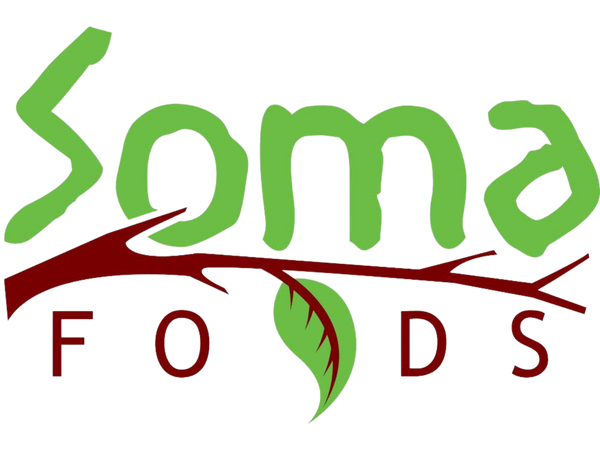This extended guide focuses on tailoring your gardening approach to align with the specific climate conditions of your region in the United States, complementing the comprehensive home gardening strategies discussed in our previous post.
Understanding U.S. Climate Zones
In-Depth Look at USDA Hardiness Zones
- Zone Specifics: Detailed breakdown of what each hardiness zone means for your garden, including frost dates and temperature ranges.
- Micro-climate Impact: Understanding how local features like buildings, water bodies, and hills affect your specific garden environment.
Climate Characteristics Across the U.S.
- Regional Weather Patterns: Detailed climate profiles for each major region, including average rainfall, temperature ranges, and seasonal variations.
Zone-Specific Gardening Tips
Each section here includes specific plant recommendations, maintenance tips, and challenges unique to the region.
Northeastern U.S.
- Cold Weather Strategies: Emphasis on frost-tolerant plants and season-extending techniques like cold frames.
Southeastern U.S.
- Dealing with Humidity: Managing mold and mildew, and choosing plants that thrive in humid conditions.
Midwestern U.S.
- Tackling Climate Variability: Strategies for dealing with sudden weather changes and tips for soil conservation in extreme weather.
Western U.S.
- Water Conservation Techniques: Xeriscaping principles and drought-resistant plants suited for arid climates.
Northwestern U.S.
- Maximizing Rainy Conditions: Rain garden concepts and soil drainage solutions.
Adapting to Micro-climates
Urban vs. Rural Gardening
- Heat Island Effect: How to mitigate urban heat and choose heat-resistant varieties.
- Community Resources: Leveraging community gardens and local workshops for urban gardening.
Elevation and Topography
- High Altitude Gardening: Special considerations for gardening at higher elevations, like increased UV exposure and cooler temperatures.
Seasonal Gardening Strategies
Extending Your Growing Season
- Greenhouses and Hoop Houses: Benefits and setup guide for year-round gardening.
- Winter Gardening: Selecting winter crops and using mulches for frost protection.
Advanced Topics
Climate Change and Gardening: Adapting to changing weather patterns and longer growing seasons.
Water Management: Innovative techniques for efficient water usage, including rainwater harvesting and drip irrigation.
Closing Thoughts
Understanding your local climate is key to a successful garden. Embrace the uniqueness of your region and enjoy the journey of adapting and learning as a gardener.

